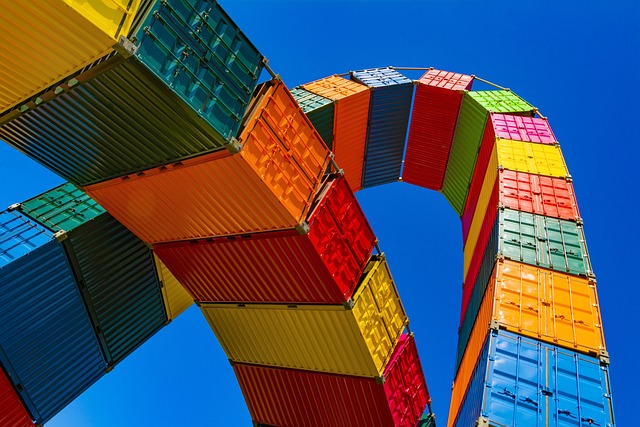By ATS Staff - June 9th, 2016
Artificial Intelligence
Introduction
Algorithmic trading, a process that uses computer algorithms to execute trades, has gained immense popularity in financial markets. With the rise of artificial intelligence (AI), the landscape of algorithmic trading is undergoing a significant transformation. This article explores how AI is reshaping algorithmic trading, its benefits, challenges, and future prospects.
What is Algorithmic Trading?
Algorithmic trading involves the use of pre-defined instructions to automate trading strategies. These instructions can consider various factors, such as price, timing, and volume, to execute trades efficiently. The primary goal is to achieve optimal execution with minimal human intervention.
The Role of AI in Algorithmic Trading
AI enhances algorithmic trading by enabling systems to learn from historical data, recognize patterns, and adapt to market changes. Here are some key ways AI is being utilized:
- Data Analysis: AI algorithms can process vast amounts of data much faster than traditional methods. Machine learning techniques allow traders to analyze historical price data, trading volumes, and economic indicators to identify profitable trading opportunities.
- Predictive Modeling: AI can create predictive models that forecast future market movements based on historical data. These models can incorporate complex variables, improving the accuracy of predictions and allowing traders to make informed decisions.
- Sentiment Analysis: AI can analyze news articles, social media, and other textual data to gauge market sentiment. By understanding public sentiment around a stock or market, AI can provide insights that traditional analysis might miss.
- High-Frequency Trading (HFT): AI algorithms can execute thousands of trades in milliseconds, capitalizing on tiny price fluctuations that are often undetectable to human traders. This speed and efficiency give AI-driven HFT firms a competitive edge.
- Risk Management: AI helps traders manage risk by continuously monitoring market conditions and adjusting trading strategies in real time. Machine learning models can identify potential risks and alert traders before losses occur.
Benefits of AI in Algorithmic Trading
- Increased Efficiency: AI algorithms can analyze data and execute trades far more quickly than human traders, reducing the time between decision-making and execution.
- Improved Accuracy: By leveraging advanced analytical techniques, AI can identify patterns and trends that human traders might overlook, leading to more accurate predictions.
- Cost Reduction: Automation reduces the need for extensive human oversight, lowering operational costs and enabling firms to scale their trading strategies.
- Adaptability: AI systems can adapt to changing market conditions, continually learning and refining their strategies over time.
Challenges and Risks
While the integration of AI in algorithmic trading presents many advantages, it also poses several challenges:
- Market Volatility: AI systems can amplify market volatility if multiple algorithms react simultaneously to the same signals, leading to flash crashes.
- Data Quality: The effectiveness of AI algorithms relies heavily on the quality of data. Inaccurate or biased data can lead to poor decision-making.
- Regulatory Concerns: The use of AI in trading raises regulatory questions, as authorities need to ensure that these systems operate fairly and transparently.
- Overfitting: AI models can become overly complex and tailored to historical data, which may not perform well in real market conditions.
- Ethical Considerations: The rise of AI in trading can lead to concerns about fairness, as well as the potential for job displacement in trading roles.
Future Prospects
The future of AI in algorithmic trading looks promising. As technology continues to evolve, we can expect:
- Greater Integration: AI will likely become an integral part of trading platforms, offering advanced tools and insights for traders.
- Enhanced Collaboration: Human traders will increasingly work alongside AI systems, combining human intuition with machine efficiency for better decision-making.
- Improved Regulation: Regulatory bodies will likely adapt to the rise of AI in trading, establishing guidelines to ensure fair practices and mitigate risks.
Conclusion
AI is revolutionizing algorithmic trading by enhancing data analysis, predictive modeling, and risk management. While it presents exciting opportunities, challenges remain that need to be addressed. As the financial landscape evolves, the collaboration between AI and human traders will likely define the future of trading, creating a more efficient and informed market environment.
By embracing the potential of AI, traders and firms can navigate the complexities of modern markets and leverage technology to gain a competitive edge.
Popular Categories
Agile 2 Android 2 Artificial Intelligence 50 Blockchain 2 Cloud Storage 3 Code Editors 2 Computer Languages 12 Cybersecurity 8 Data Science 15 Database 7 Digital Marketing 3 Ecommerce 3 Email Server 2 Finance 2 Google 6 HTML-CSS 2 Industries 6 Infrastructure 3 iOS 3 Javascript 5 Latest Technologies 42 Linux 5 LLMs 11 Machine Learning 32 Mobile 3 MySQL 3 Operating Systems 3 PHP 2 Project Management 3 Python Programming 26 SEO - AEO 5 Software Development 46 Software Testing 3 Web Server 7 Work Ethics 2